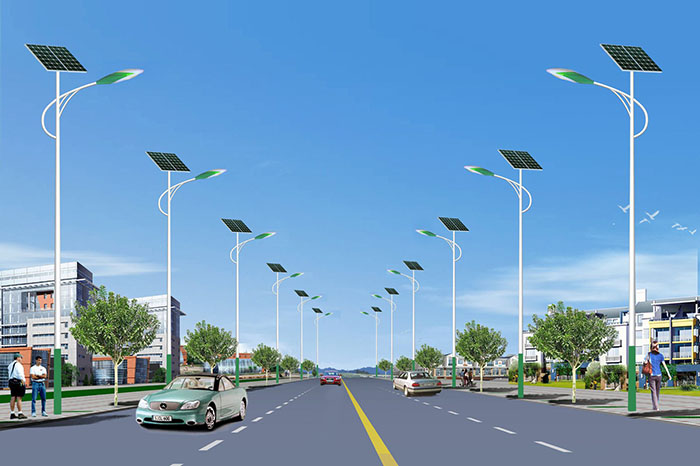There are currently about 282 million street lights in the world, and this number is expected to reach 338.9 million by 2025. Streetlights account for about 40 percent of any city’s power budget, which equates to tens of millions of dollars for large cities.


What if these lights could be made more efficient? Dim at certain times, turn off completely when not needed, etc. Crucially, these costs can be reduced.
What makes a street light smart? Lighting infrastructure, including features designed to improve efficiency, productivity and service.
Connectivity is key and cities can be made smarter by connecting streetlights to the network. One method is to install a network adapter into each street light – whether high-pressure sodium or LED. This enables centralized monitoring of all streetlights, which could save cities millions of dollars in electricity bills and reduce their overall carbon footprint.
Take Singapore for example. Singapore has 100,000 street lights and costs US$25 million a year to use electricity. By implementing the above system, Singapore can connect these street lights for US$10 million to US$13 million, and once connected, can save approximately US$10 million per year. It takes approximately 16 months to start realizing return on investment.
When systems are not interconnected, inefficiencies can occur. In addition to saving energy and reducing emissions, smart streetlights also enable predictive maintenance. The ability to monitor the city’s “pulse” with real-time data means hardware failures can be monitored immediately and even predicted in advance.
Eliminating the need for human engineers to be on-site to perform scheduled physical inspections can significantly reduce the city’s repair and maintenance costs while optimizing the lifespan of its hardware. For example, there will no longer be a need to hire full-time staff to drive around the city looking for broken street lights after dark.
Think of a streetlight next to a billboard that has been on for several hours. When the billboard is on, the streetlight may not need to be turned on. A huge advantage of connecting sensors to a network is that they can update in real time as conditions change, and they can also be adjusted as needed to provide more lighting in high-crime areas or areas with a history of traffic accidents, etc. Streetlights can be individually adjusted (via their IP addresses) to operate at different brightness levels, turn off or on at specific times, and more.
Wirelessly enhanced power infrastructure, streetlights, pave the way for instant analysis of weather, pollution, policing, parking and traffic data by embedding environmental sensors and third-party technologies, which can help cities become more cost-effective.
There is more, once the platform is connected it can be integrated with other elements of the city.